Creative: Food Practices Photo Essay
Lynn M. Walters
Learning Outcomes
After reading and discussing this photo essay, students should be able to:
- Articulate a number of perspectives perceived by high school students on the influences on their food practices.
- Identify how food systems can help produce (and threaten) social equity.
- Describe the use of visual research methods in food studies.
Insights from a New Mexico Classroom on Factors that Influence Food Practices
In light of significant changes in food practices that began in the mid-twentieth century, many of which have led to unhealthy dietary patterns that have contributed to increased prevalence of overweight and correlated chronic diseases, it is important to understand factors that influence the ways young people eat. Increasing understanding about how family, culture, and cooking influence dietary habits can inform health communication and nutrition education interventions, as well as spur public policy strategies that promote healthy eating behavior.
New Mexico is a land of contrasts, with big skies, high mountains, sweeping deserts, and a deep and rich cultural history. Native Americans have lived in New Mexico for thousands of years. The Spanish colonized New Mexico in 1598, but it was not until 1912 that it became the 47th U.S. state. Hispanic/Latinx, Anglo, and Native American cultures are the three major population groups, with the largest percentage per capita of Hispanic/Latinx and the second largest percentage per capita of Native Americans. Hispanic/Latinx in New Mexico are in themselves a diverse group, including those of Spanish heritage, along with Mexican and Central and South American immigrants. It is estimated that about one-third of residents speak Spanish. New Mexico is known for its Native American and Spanish Colonial art, and artists from across the world have long been drawn to the light and landscape. The state also consistently ranks at or near the bottom of the educational and economic ladders in the U.S., and has a high degree of food insecurity.
The foodways of New Mexico reflect the varied geography and climatic conditions of the state, as well as the deep agricultural traditions and cultural diversity of its peoples. Chile, corn, beans, squash, and piñon nuts all originated in the Americas. They are important food crops in New Mexico, and the basis for many traditional dishes. New Mexican cuisine is famous for its chile, grown in New Mexico for at least four hundred years. Chile develops its spicy and sweet flavors in the hot summer fields. The state question, “Red or Green?” refers to red or green chile.
This photo essay is the outcome of qualitative research conducted as a dissertation project at the University of New Mexico.[1] It presents the first-person perspectives and insights of 14 eleventh-grade New Mexico high school students on the influences on their food practices.[2] Students visually documented their food practices for five days, wrote a photo-elicitation essay, compared food memories with daily food practices, and participated in focus groups and follow-up interviews.[3]
CUltural Heritage of FAMILY
Family and culture are inextricably intertwined, and cultural traditions are enacted, preserved, and evolve through family food practices. All of the students in the project expressed strong attachment to and valuing of the cultural culinary heritage of their families. Among students with close ties to Mexico, and those whose families have lived in New Mexico for generations, whether of Spanish and/or Native American heritage, it was more common to find a particularly strong view of the connection between culture and family than among the Anglo student participants.
The following photographs (see Figures 1 to 10) provide a glimpse into cultural practices enacted through family food traditions. The images primarily depict food traditions from Northern New Mexico and Mexico (the cultures of the majority of student participants), and are interspersed with Native American food traditions and others.
What foods do you associate with your family traditions?
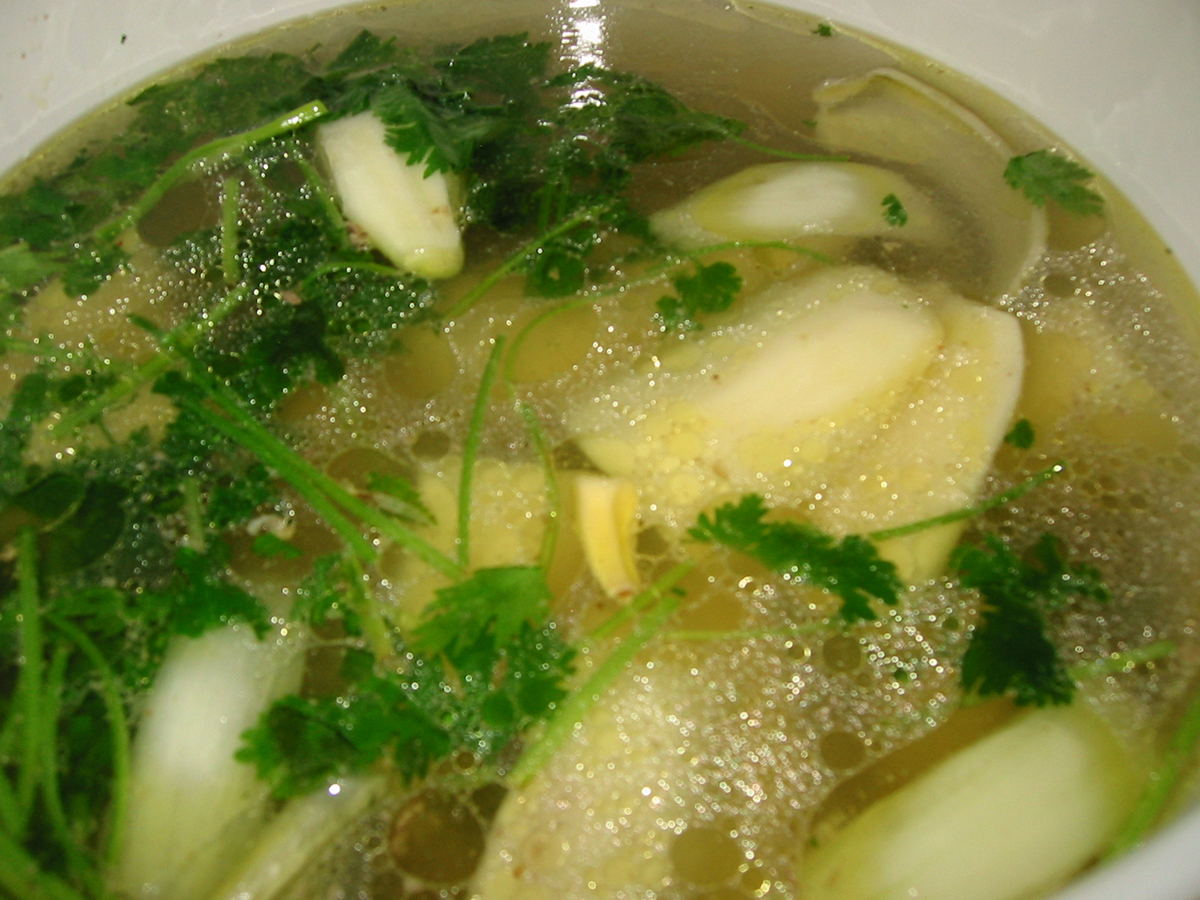
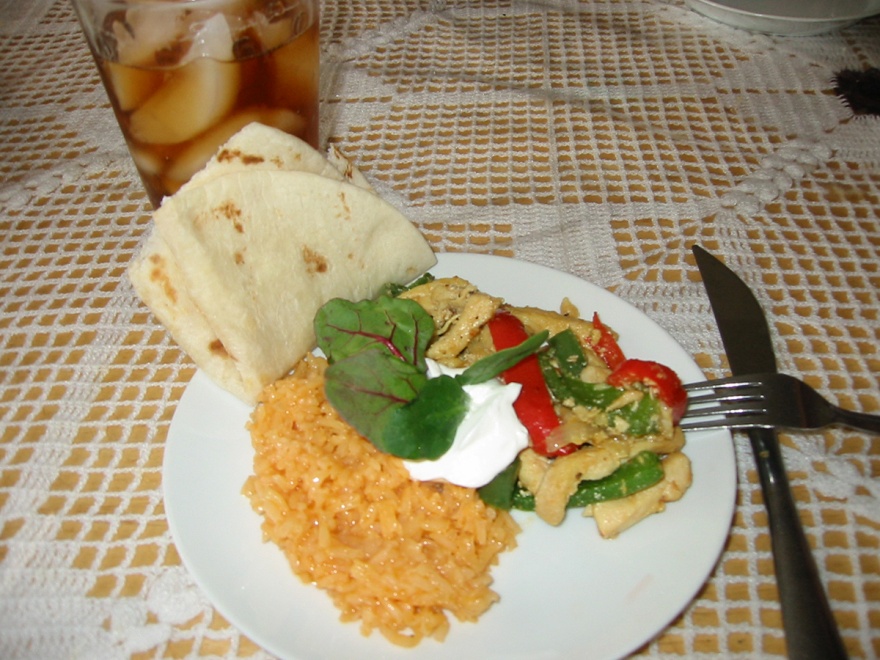
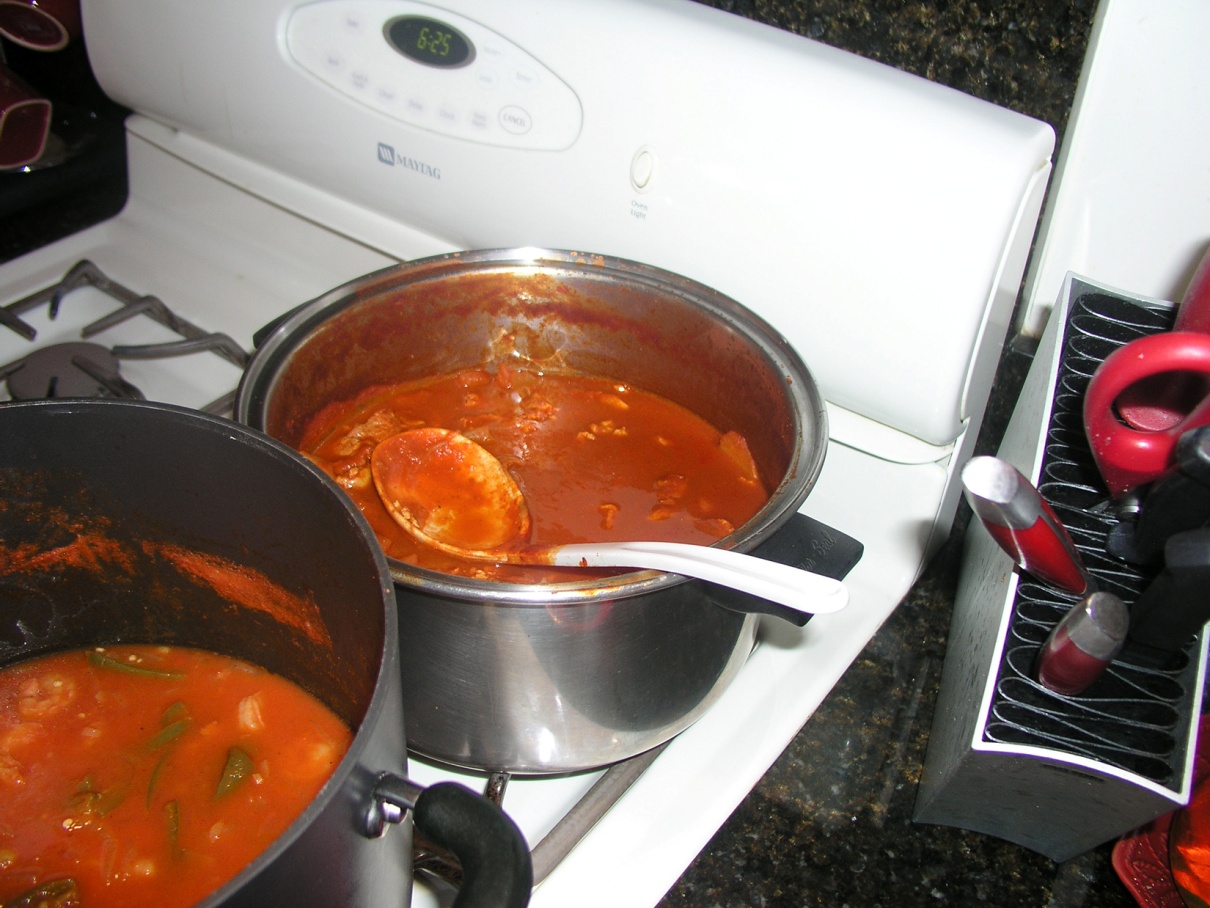

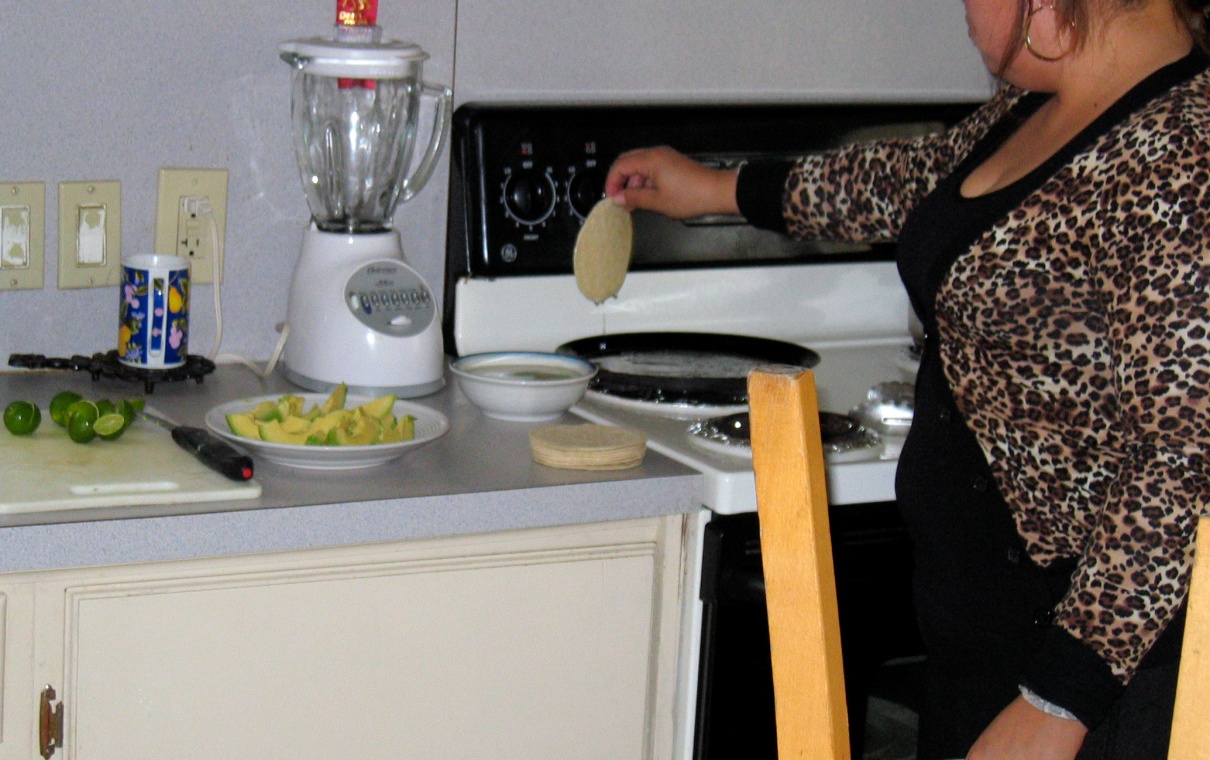
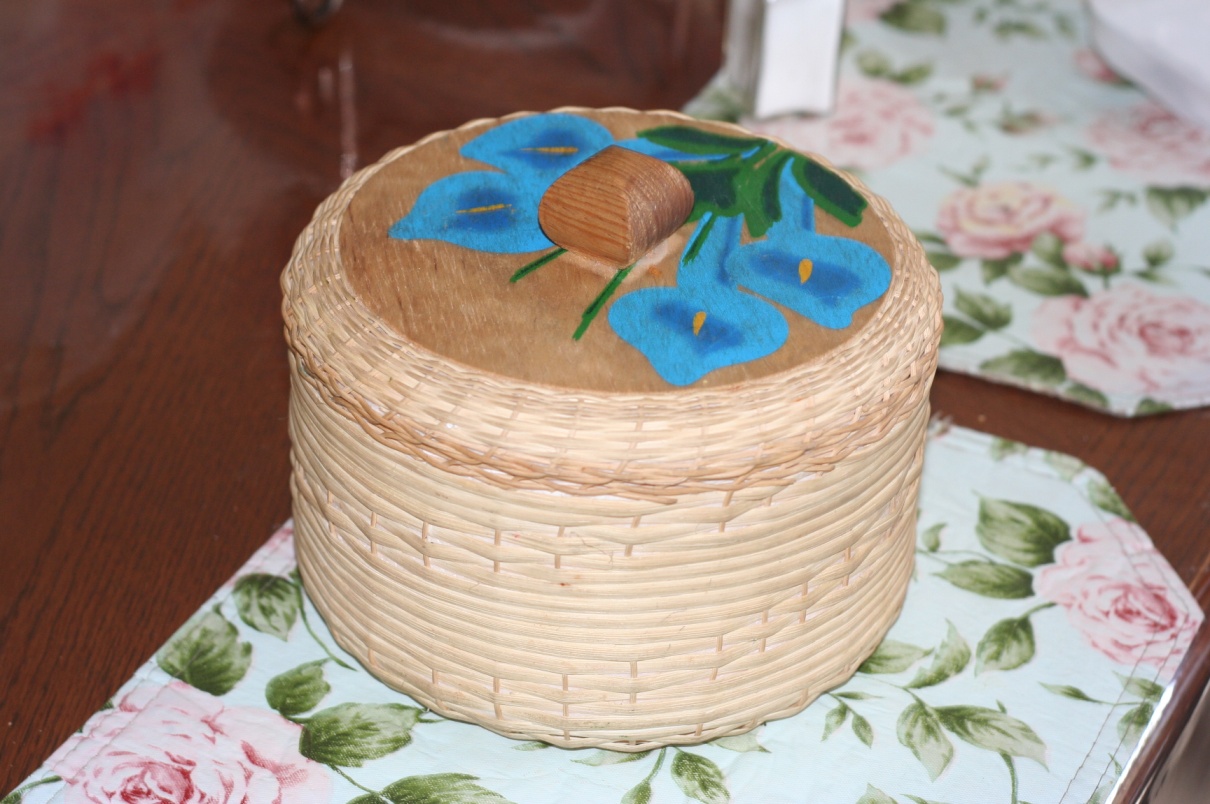
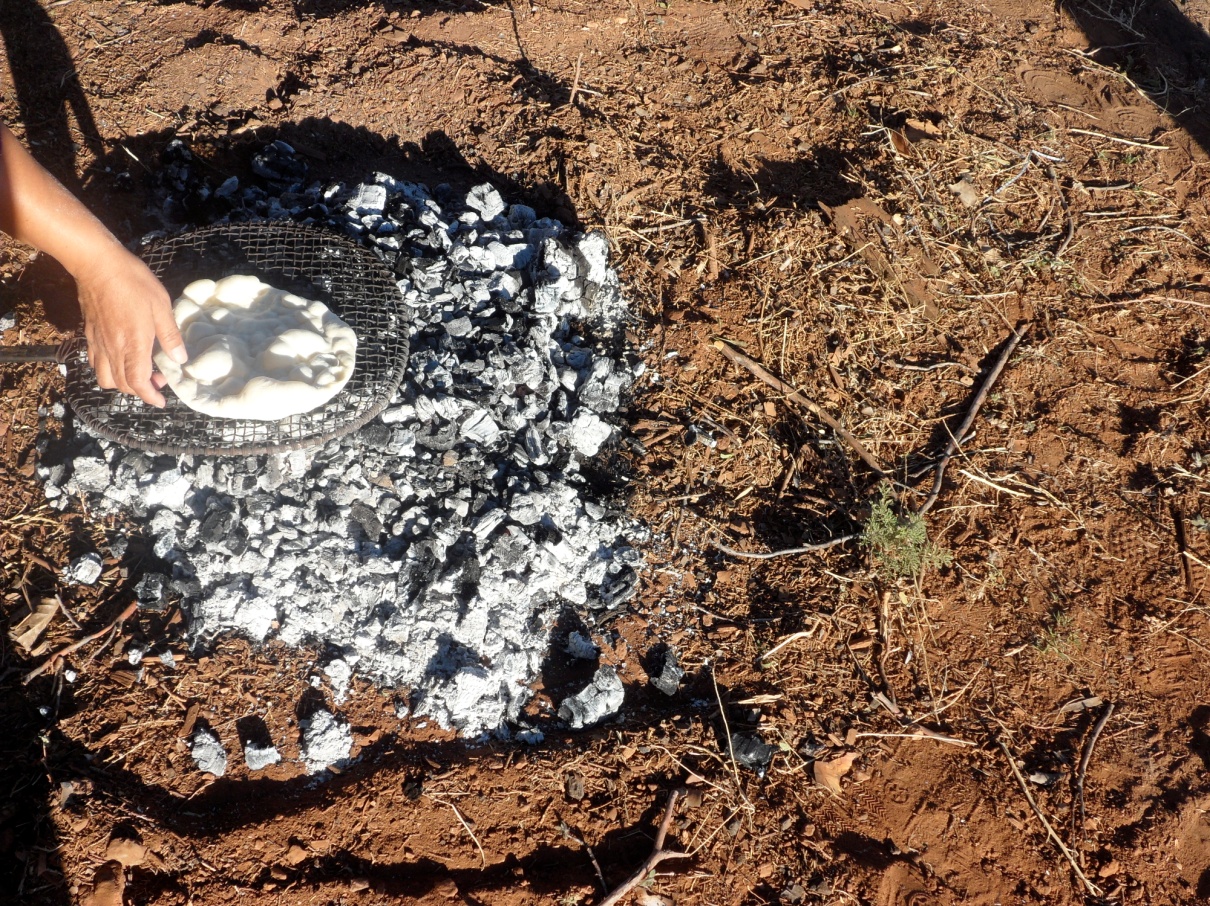
“When I was growing up, my Nana would make a soup from acorn. She would pick acorns, grind them up, and pick the shells out. This process took the longest. Once she had the corn base taken care of, she then would make dumplings. All together the stew would consist of dumplings, “stew meat,” and the acorns. The soup has a very bitter taste. It’s something I had to get used to, just like coffee. Whenever I think of the soup, it reminds me of my Nana.” [Shasta (FNA)]
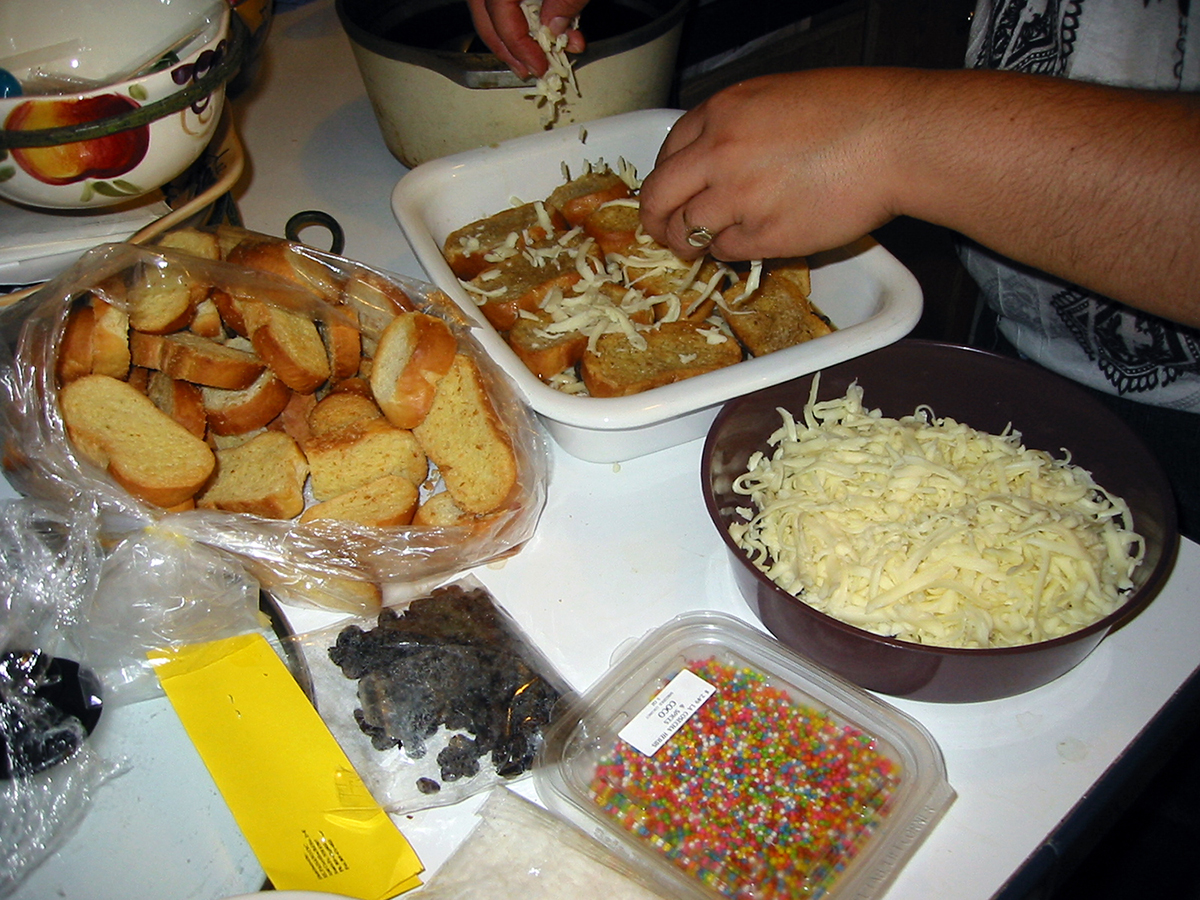
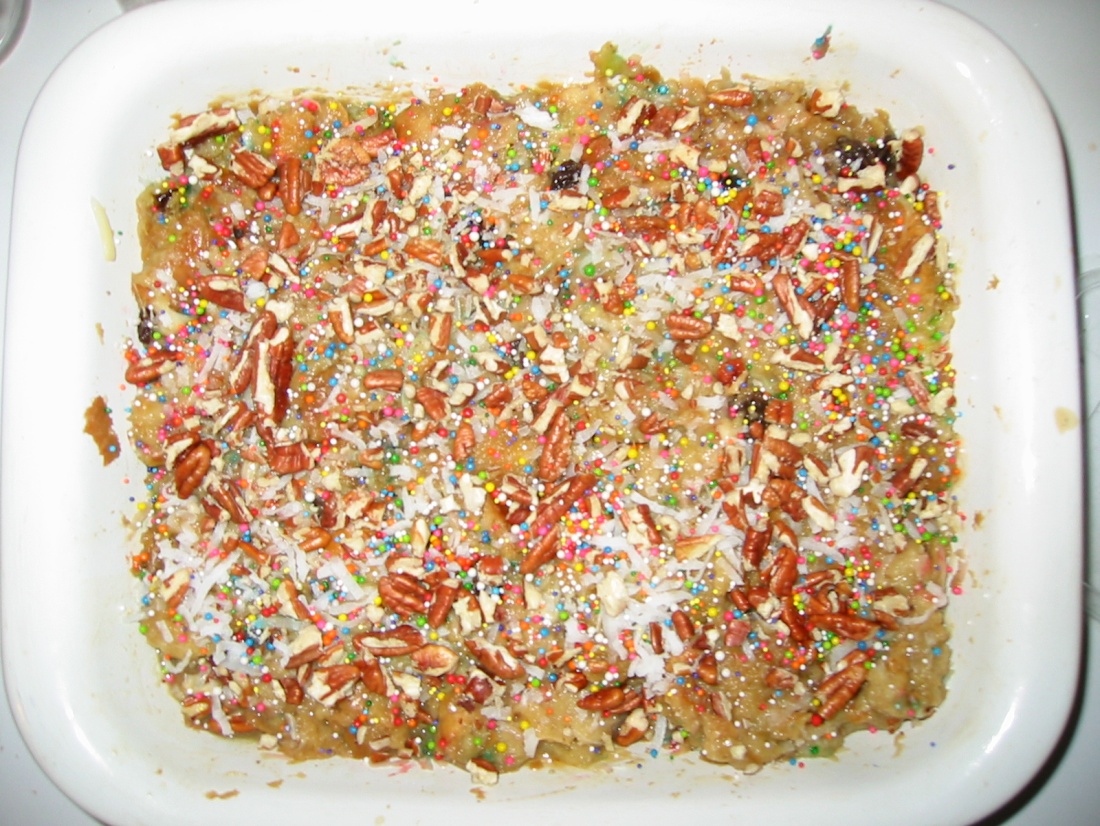
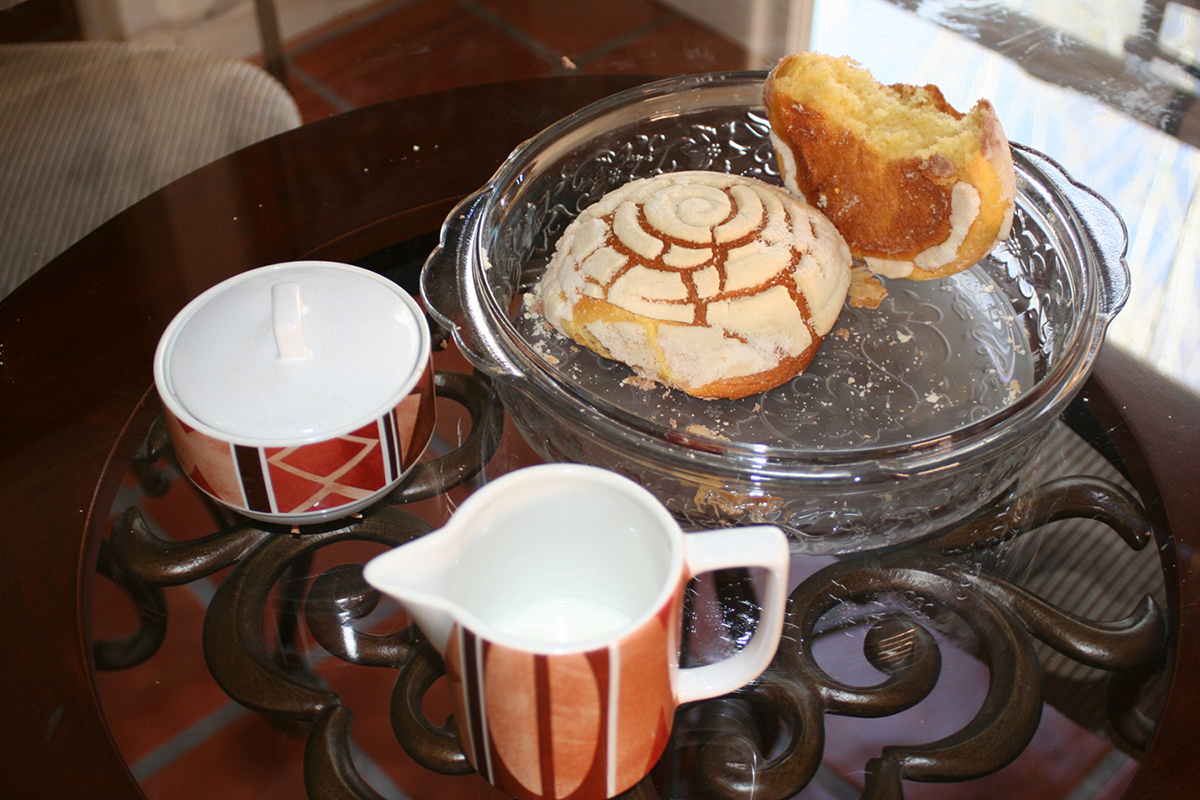
Gender Roles
Food practices were often gendered in the student narratives. Enactment of traditional gender roles, with women primarily responsible for household food, and men valued as professional chefs or in charge of the grill, was the norm in the majority of students’ families (see Figures 11 to 15).
What role does gender play in who cooks in your family?

“My brother and my dad—they don’t touch the kitchen—they think cooking is too complicated. My dad can’t even warm up a tortilla.” [Candelaria (FHM)]
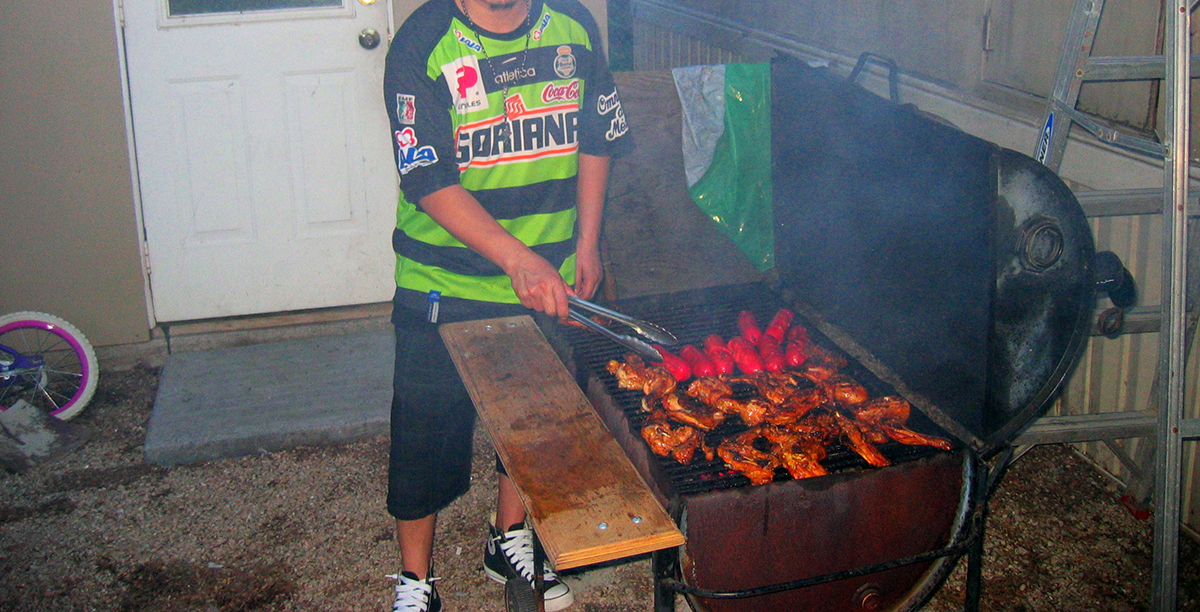
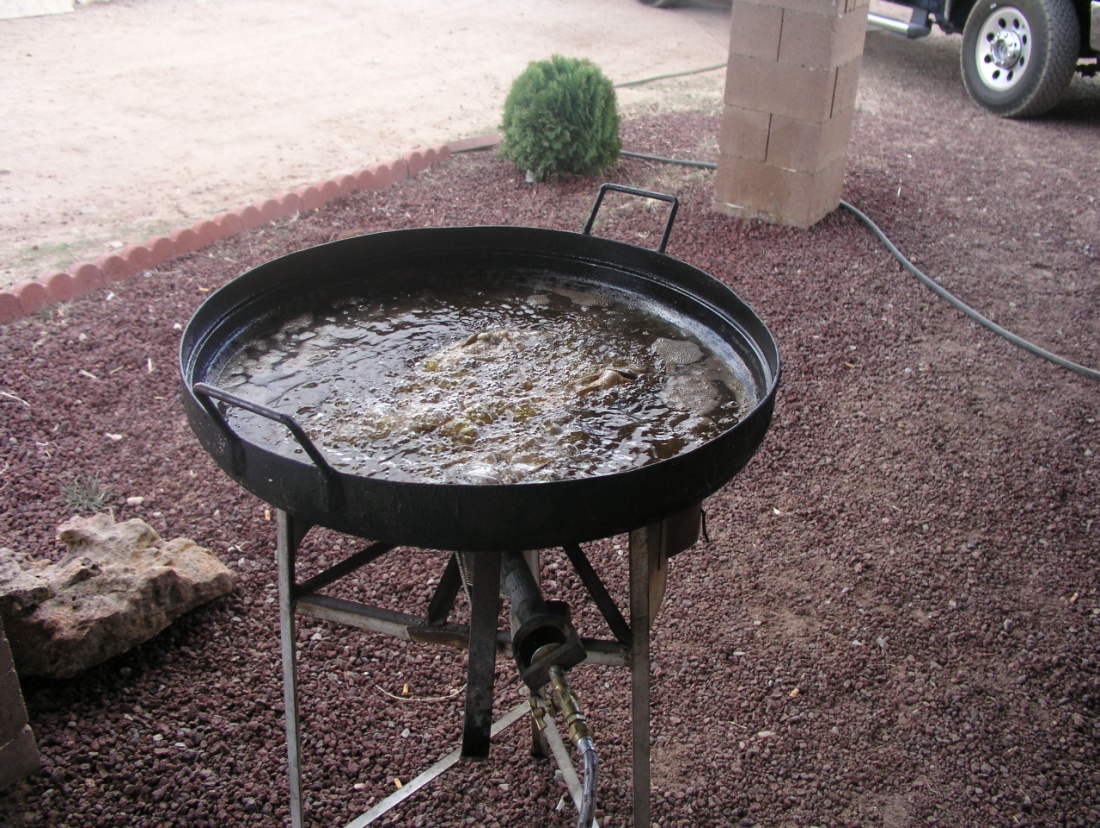
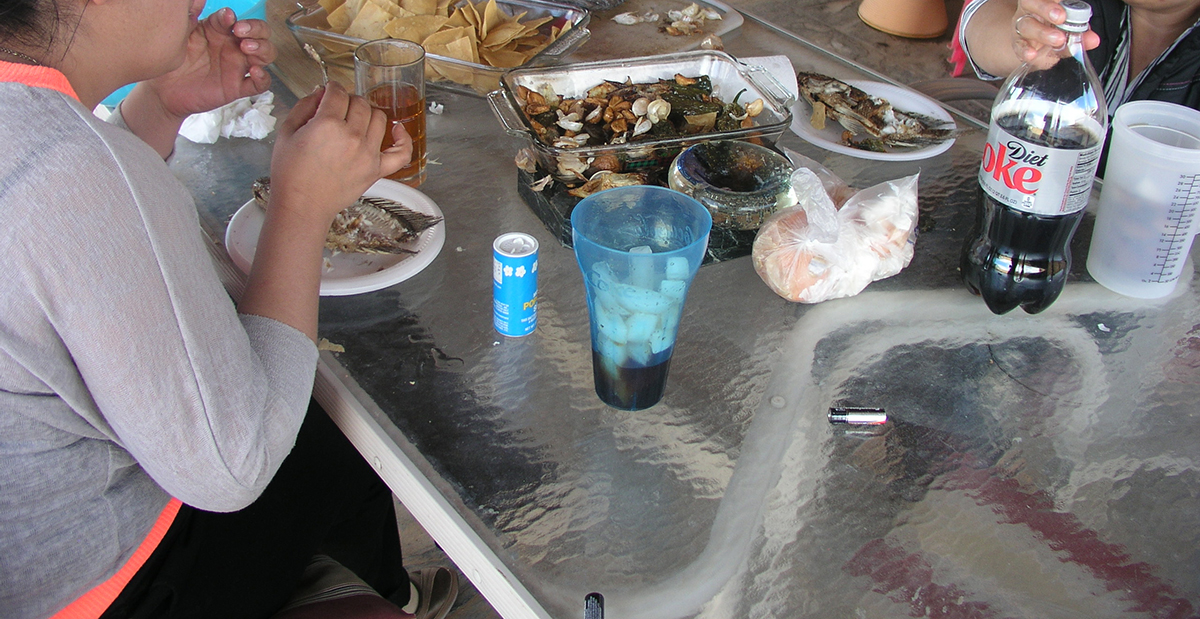
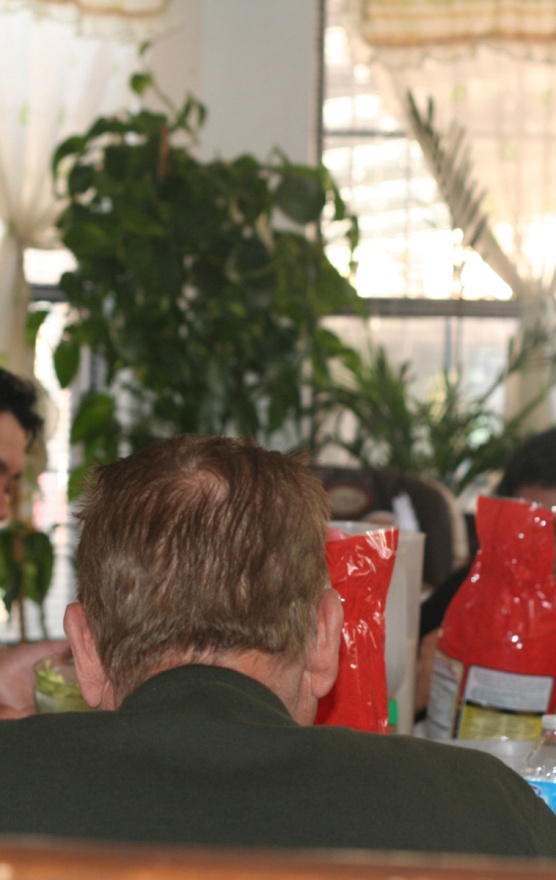
Where Food Comes From
Congruent with the current food landscape, most students’ families primarily purchased food from grocery stores and restaurants, including fast food outlets. Some also shopped at farmers’ markets and natural grocers. Many of the students expressed an awareness of where food comes from, and that they valued the knowledge and expertise needed to grow food. Farming and/or gardening was part of family and cultural practices for almost half of the students, but it was generally not a major current food source (see Figures 16 to 20).
Do you know where the food came from that you ate for lunch today?
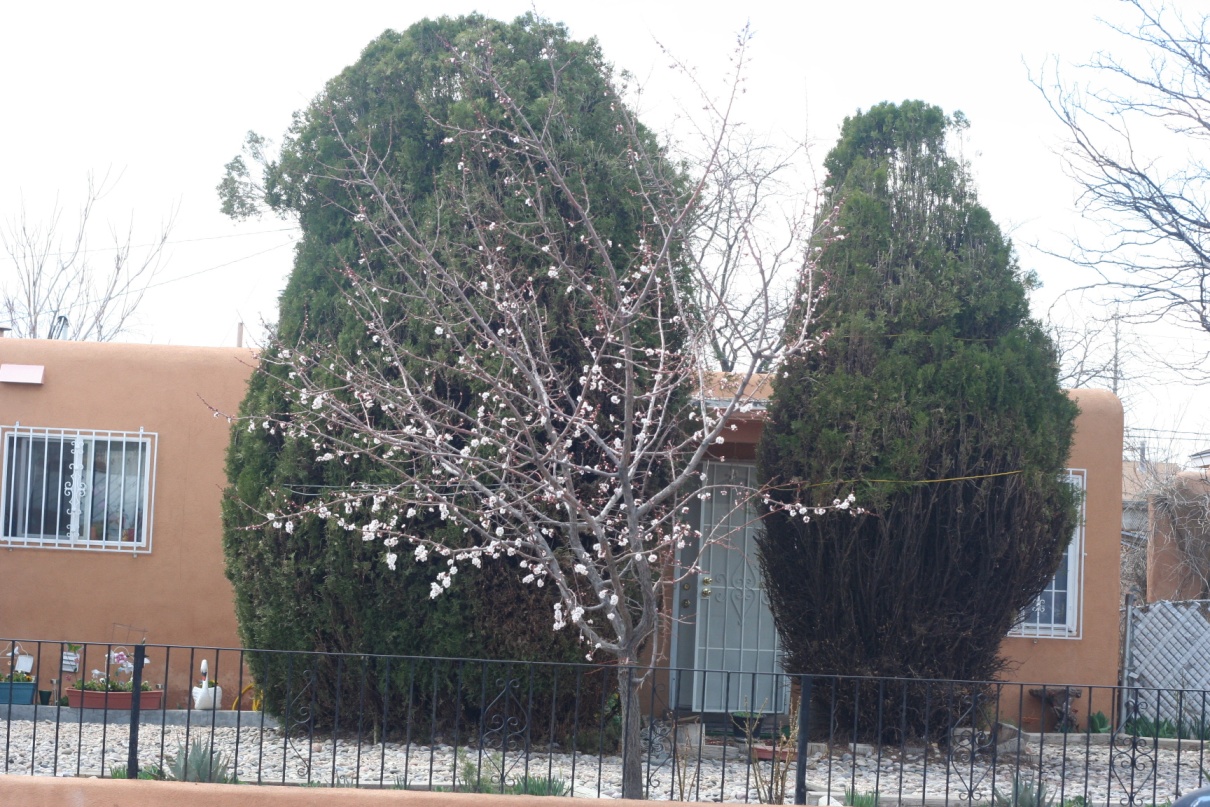
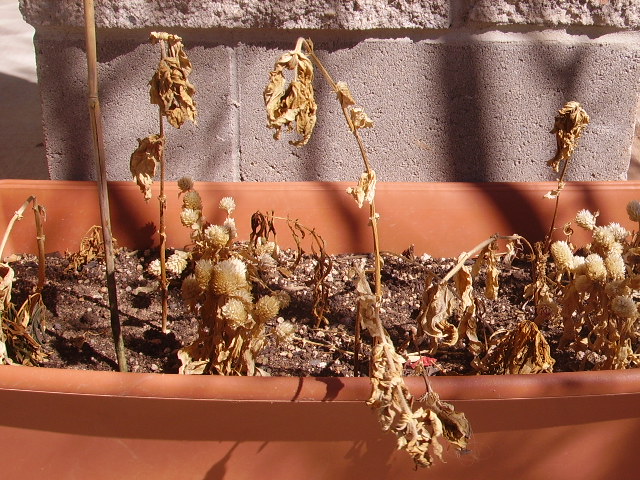
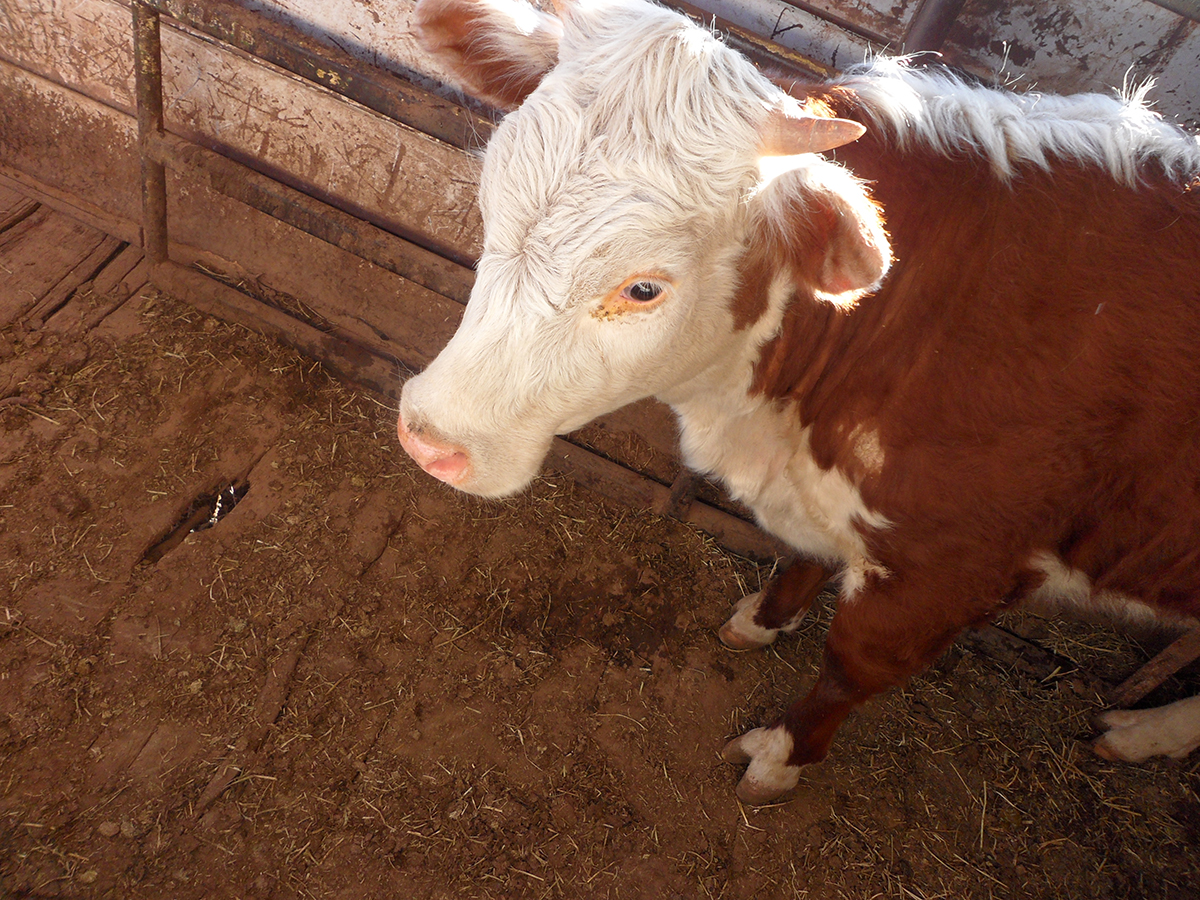
“I kind of bonded with the cow a little bit and so I was a little sad to see him get
shot in the head….You have to kill it, then you have to clean it, then you have to cut everything up, then you have to dry it so it’s not all bloody. And you have to make sure that the dogs don’t get it. I think I’m a bit traumatized because I wash the organs and I feel their warmth; I can’t bring myself to eat it.” [Shasta (FNA)]
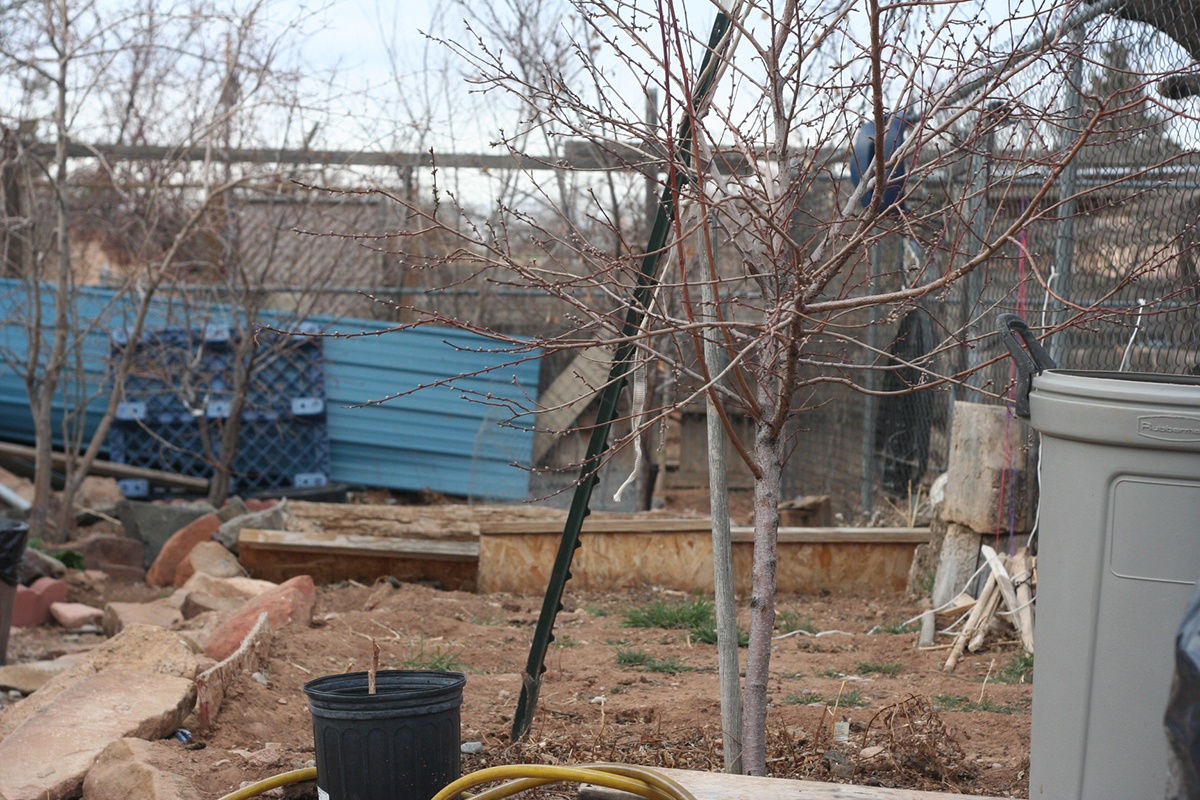
“My grandpa has three pieces of land (tierras), or we call it in Mexico, el llano. He
grows beans, he grows sorghum for his cattle, and he grows corn. Lately, these past years there hasn’t been much rain in Mexico. He grows a little bit of beans to eat and a little bit to sell.” [Vicente (MHM)]
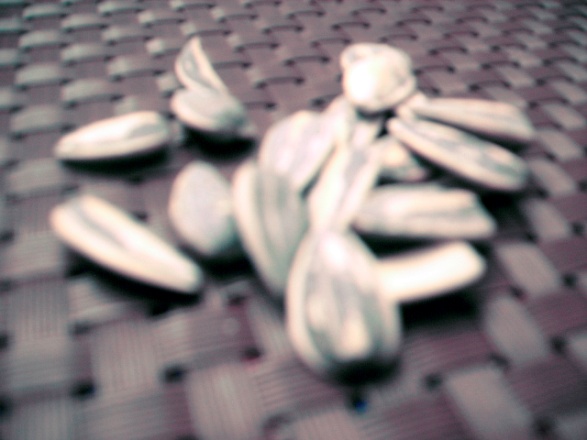
Friction Between Cultural Traditions and Daily Food Practices
Most of the students articulated their awareness of the friction between traditional and daily food practices. Although all of the students were cognizant of this issue, the Hispanic/Latinx and Native American students described these contradictions most vividly (see Figures 21 and 22).
How do you decide what to eat each day?
“Today’s food revolves around convenience, where food as a child was always something that we could all take our time with.” [(Franco (MHN)] “At home my parents [are the influence] because they cook…[if] we don’t like the food in the cafeteria, what should we eat? McDonalds or this place or that place.” [Santiago (MHM1)]
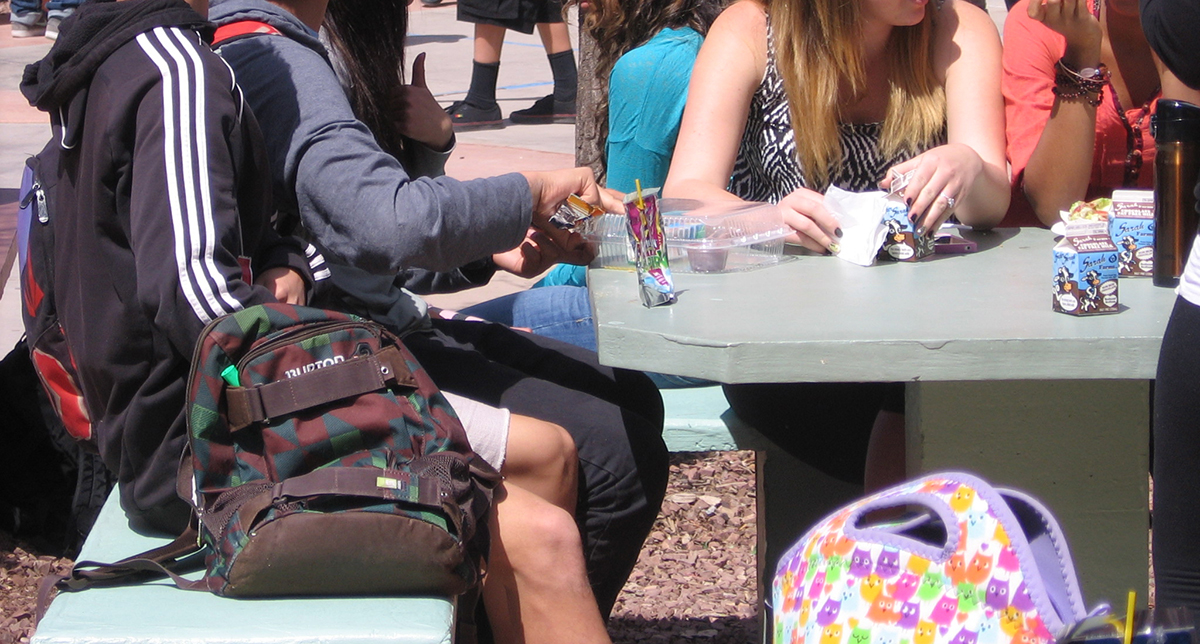
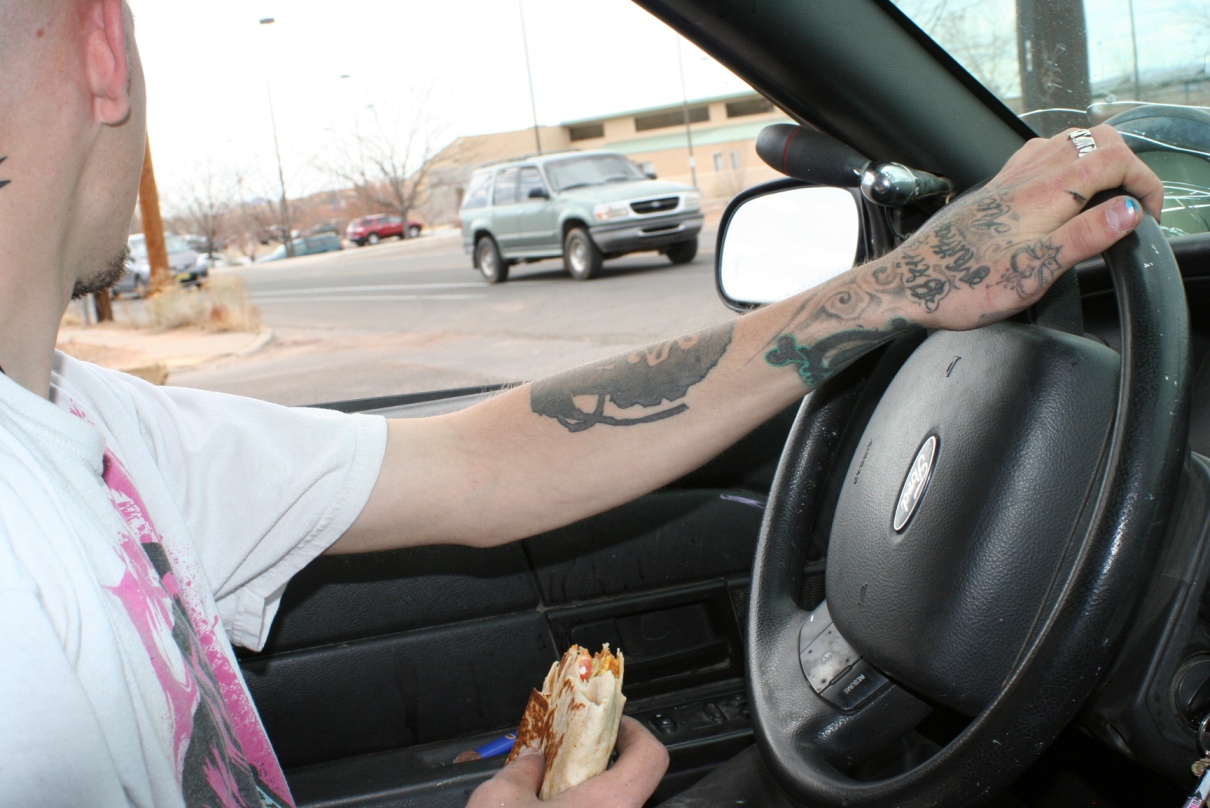
Commercial Influence
Commercial influence, especially the rise of corporate control of the global food system, has been cited as a central cause of overweight and correlated chronic disease (see Figures 23 to 27).
Many traditional dishes include beans, grains, meats, and vegetables, all of which contain vital nutrients that contribute to a healthy diet. Where do you think messages come from that imply that traditional foods are not healthy?
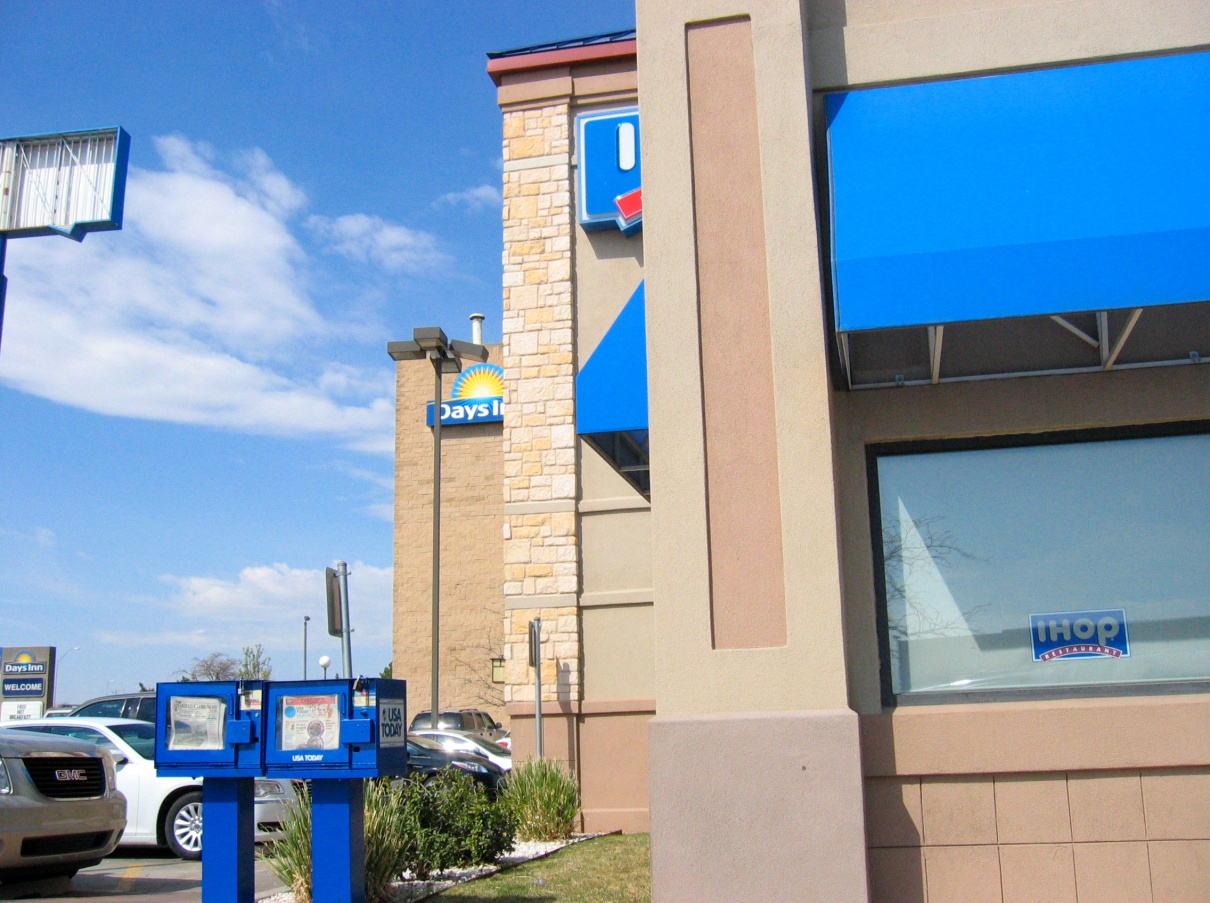
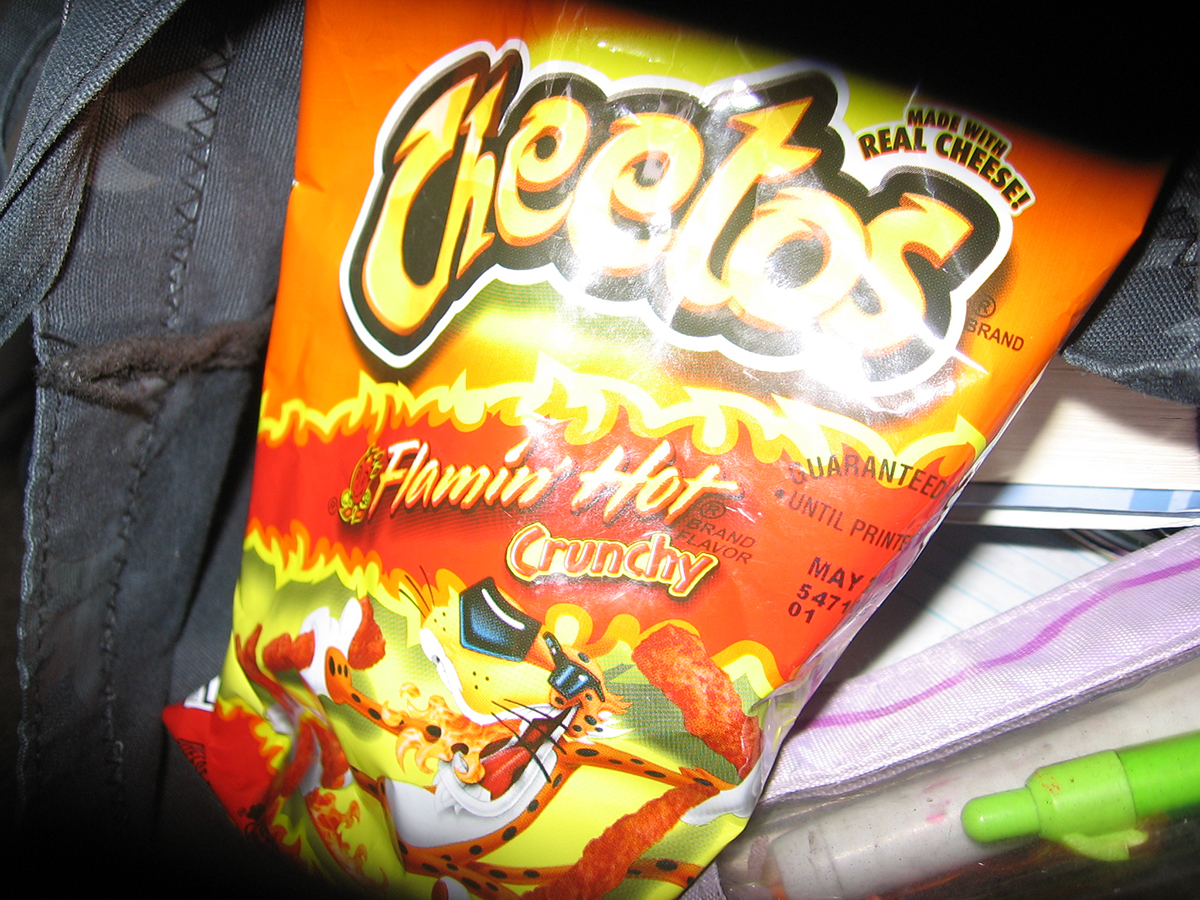
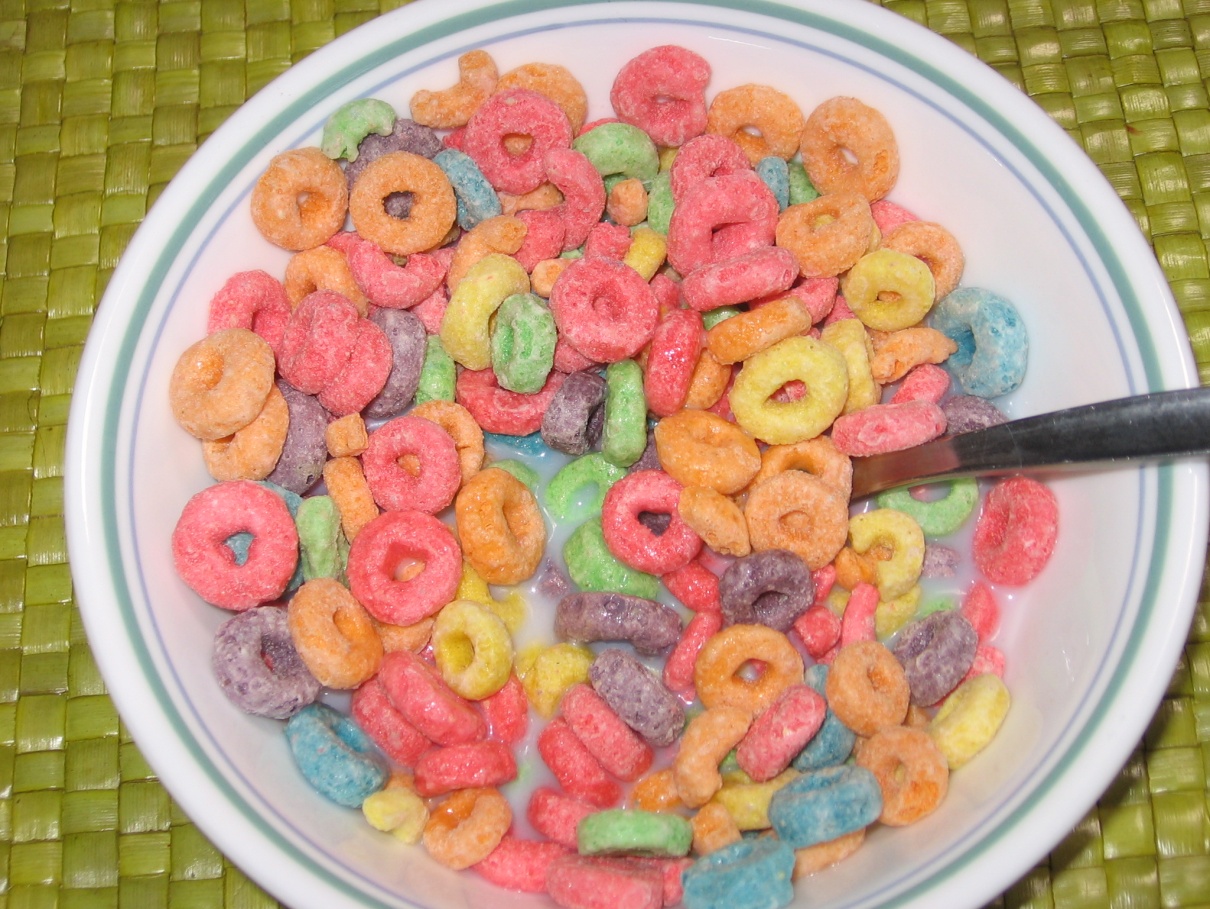
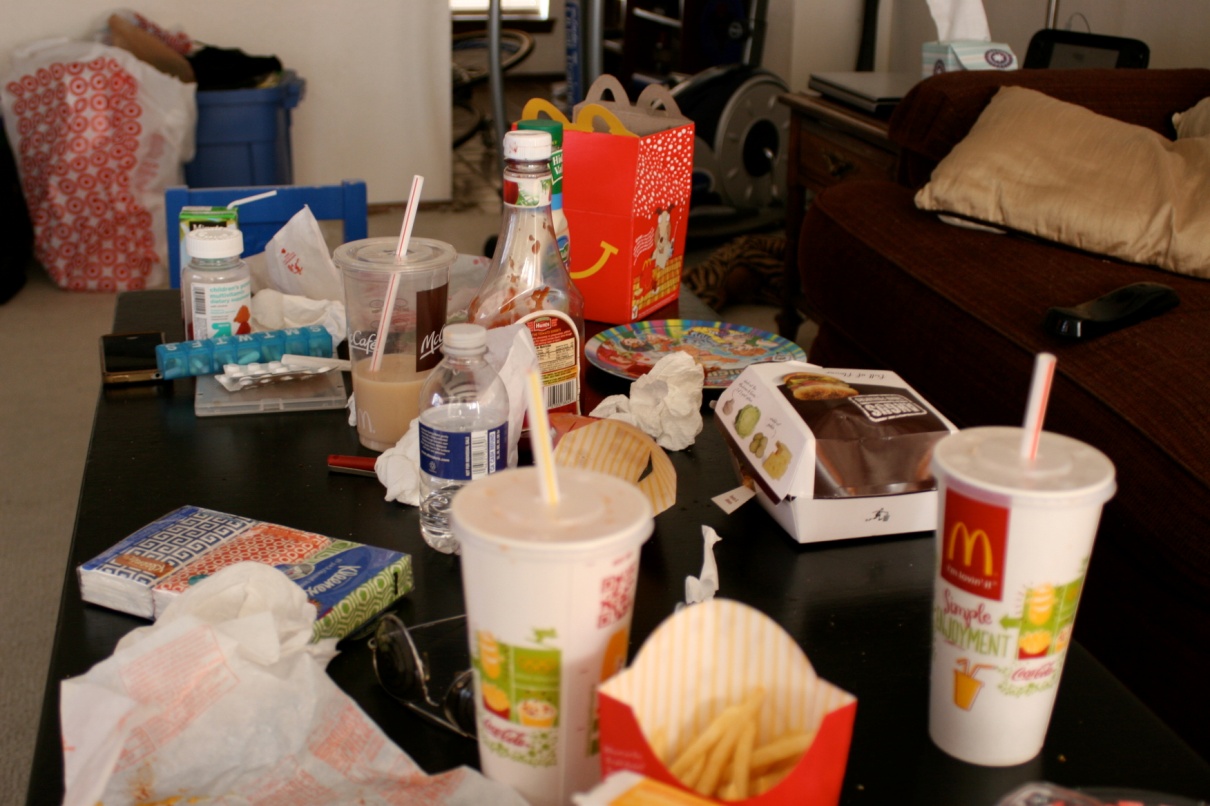
“At my friends’ house I could resort to eating junk.” [John (MA)] “When I’m with my friends we’re usually more tempted to go out and get something… When you cook you have to wash dishes.” [Shasta (FNA)]
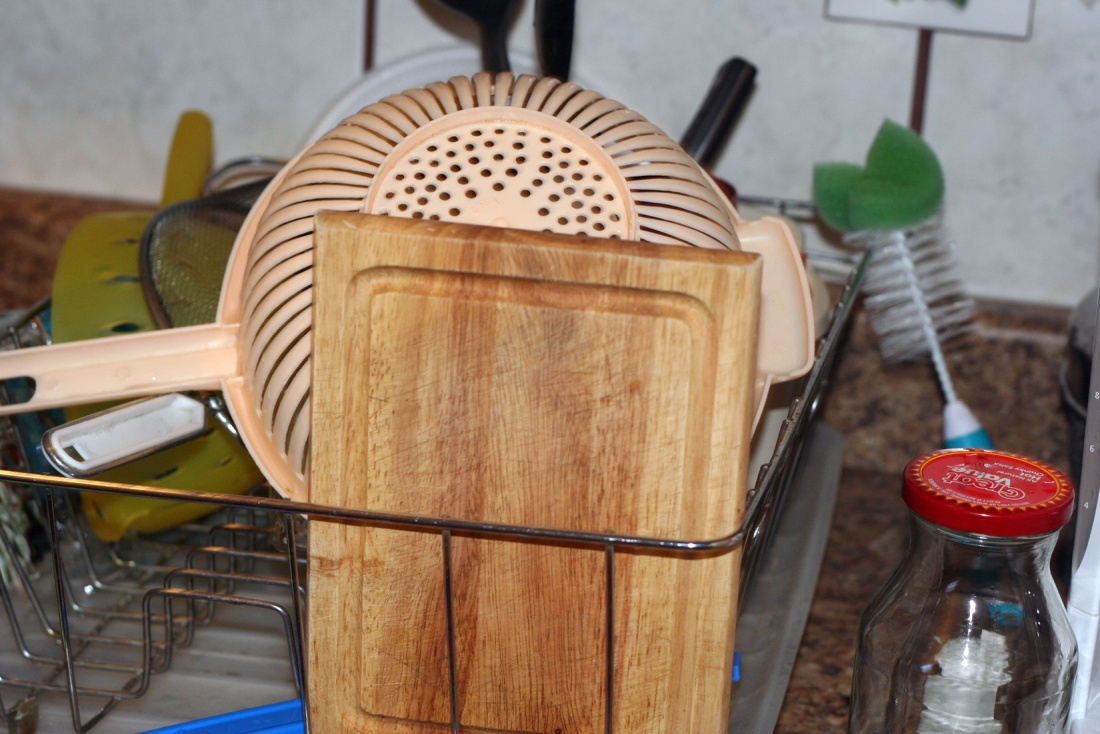
Food Security/Food Insecurity and Sharing
Hunger and food insecurity are prevalent in the lives of many students in New Mexico. When several students candidly discussed the lack of food access that their families faced, none of the other students appeared surprised. Despite this, sharing food with extended family and neighbors is a common practice (see Figures 28 to 30).
Have you or your friends or family ever gone to bed hungry?
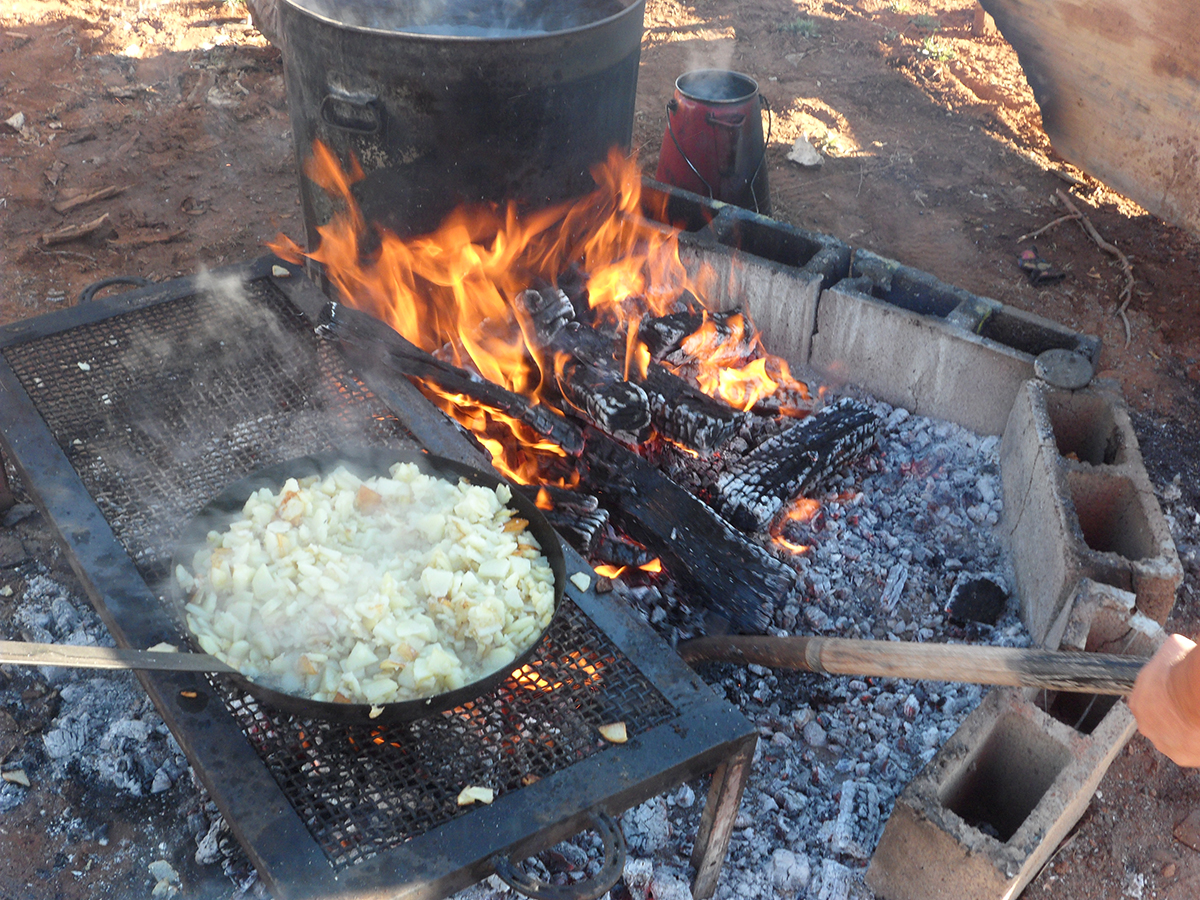
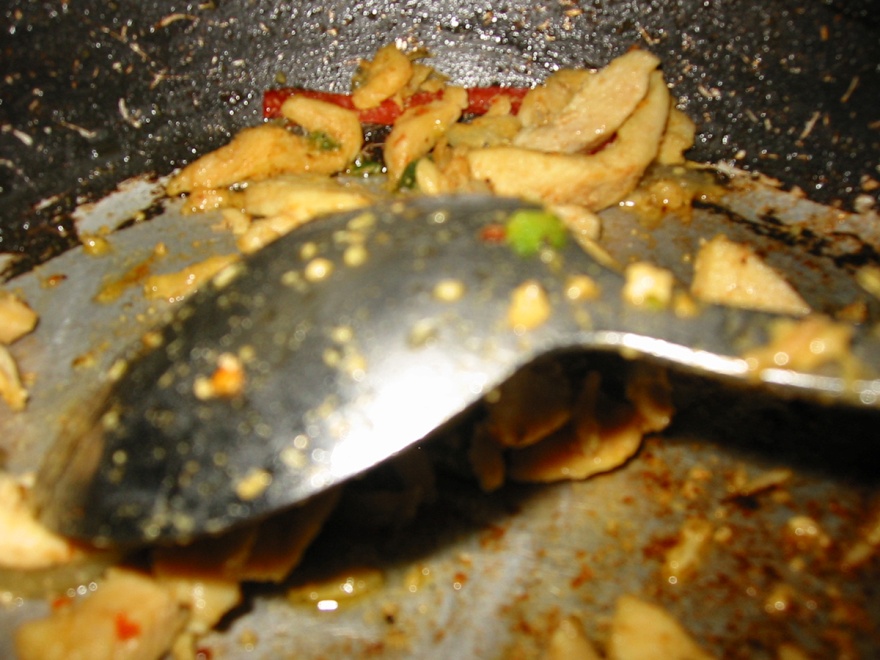
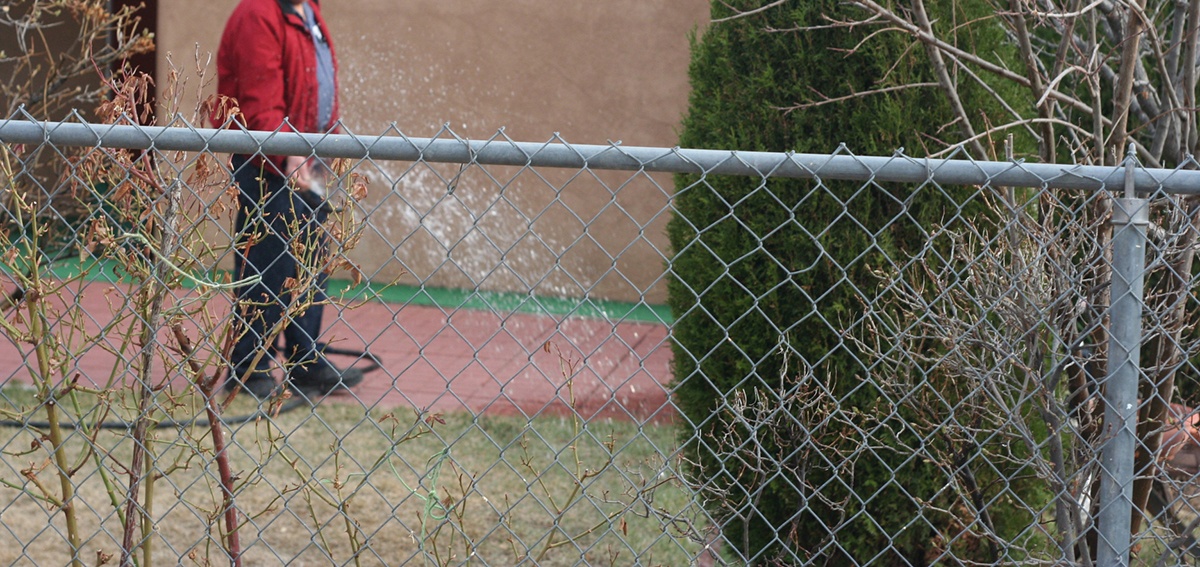
Several students reported that sometimes there was limited food available. John (MA) explained, “Our food stamps were shut down the past month, and so I have just been eating…less and less; school lunch has been my main meal. We had some dried beans, but I didn’t want to bother with [them]. I have been eating very little, but it seems like I always have enough to eat to get by.” Isabella (FHM) said, “Obviously we’re not broke because we still have our house, but it’s like the deadline of our budget, and she [mom] says, ‘We’re having ramen tonight.’ That’s when you know we’re at our limit.”
Food Practices and Health
Although multiple factors have an impact on a healthy diet—food access, food preferences, and culture—several students observed that cooking was a way to control the cost and quality of the food that they ate. In a world in which prepared and packaged foods are available on most street corners, food selection and cooking skills support healthy food practices (see Figures 31 to 33).
What does “healthy food” mean to you?
“I wanted to play basketball and I had to have a physical, and they told me that I was pre-diabetic…and my family had to change everything from what I was drinking to what I was eating. We used to have a lot of junk food…sweet bread and chips. Besides being a lot healthier, I feel much better, my self-esteem. I was 230 pounds and I was only 12. It was like a life-changing experience.” [Candelaria (FHM)]



Cooking as a Life Skill
Cooking may range from making toast to creating a four-course meal. Most of the cooking reported by students during the project was relatively simple, with the exception of the traditional dishes that students photographed and described. If one has basic foods, a sharp knife, a few pots and pans, running water, and a heat source, much is possible (see Figures 34 to 43).
How do you define “cooking”?
“We make soups…stuff that you can make fast. Since we’re going to be college students, being able to make something with ease is important.” [(Franco (MHN)] “My friends—everyone can cook a little bit. It’s just a basic need. ’Cause if you can’t cook, what are your options? Eat out—and that takes a lot of money. It’s a life skill.” [David (MHN)]






“I go shopping and try to make a lot of it and freeze it and warm it up for the rest of the week ‘cause I don’t have time to be cooking every night. So I have just been making soup ‘cause it’s easy and fast—chicken soup, chicken curry, beef curry.” [Shasta (FNA)]

“When I go to college next year, I don’t want to be shopping at McDonalds. I want to buy my own food and cook it.” [Lucas (MHM)]
Honoring Family and Cultural Traditions
Many of the students expressed respect for the food practices of their elders, as well as the desire to preserve their cultural and family heritages by learning how to cook and share traditional foods (see Figures 44 to 47).
How do you think that you will continue your family and cultural food traditions?

Vicente (MHM) observed, “It’s not the caldo de res, the pico de gallo, the corn tortillas, the rice or the seasoning—it’s the presence of the people around you that really make the dish worth the time.” Candelaria (FHM) concurred, “We are united because we continue our traditions…. I plan to share these traditions with other people and my own children in the future.”



Discussion Questions
- How might increased access to a variety of foods, including fresh fruits, vegetables, and whole grains, exert positive pressure to enact healthy food practices?
- How might cooking skills increase food access and counterbalance commercial practices of culinary imperialism?
- How have processed foods changed cooking and eating patterns?
- What role do you think that gender plays in who cooks? How has this changed (or not) over the past 100 years?
- What is healthy food? What is good food?
References
Bartis, P. 2002. Folklife and fieldwork: An introduction to field techniques. Library of Congress.
Collier Jr., J. & Collier, M. 1986. Visual anthropology: Photography as a Research method. Albuquerque: University of New Mexico Press.
Collier, M., Hegde, R., Lee, W. Nakayama, T., Yep, G. 2001. “Dialogue on the Edges: Ferment in communication and culture.” In M. Collier (Ed.) International and Intercultural Communication Annual: Transforming communication about culture: Critical new directions, 24: 219–234. Thousand Oaks: Sage.
FAO. 2006. Food Security (Policy Brief No. 2).
International Food Policy Institute (IFPRI).
Mak, T.N., Prynne, C.J., Cole, D., Fitt, E., Bates, B., Stephen, A.M. 2013.”Patterns of sociodemographic and food practice characteristics in relation to fruit and vegetable consumption in children: results from the UK National Diet and Nutrition Survey Rolling Programme (2008–2010).” Public Health Nutrition 16(11): 1912–23. https://doi.org/10.1017/S1368980013001912
McGee, H. 1984. On Food and Cooking. New York: Charles Scribner’s Sons,.
Rasmussen, K. 2004. “Places for children—Children’s places.” Childhood, 11(2): 155–173.
Walters, L.M. 2015. “Through their own eyes: Exploring New Mexico high school students’ perceptions of the influences on their food practices.“
- The study was reviewed and approved by the Institutional Review Board at the University of New Mexico. Written active or passive informed consent was obtained from all study participants and/or their parents, as required. ↵
- Students’ photographs and quotations are identified by pseudonyms, along with demographic descriptors: F/M (female/male); HN (Hispanic/Latinx from New Mexico); HM (Hispanic/Latinx of Mexican descent); M1 (first generation Mexican immigrant); NA (Native American); A (Anglo). ↵
- Walters, Lynn. 2015. “Through Their Own Eyes: Exploring New Mexico High School Students’ Perceptions of the Influences on Their Food Practices.” Communication ETDs, May. https://digitalrepository.unm.edu/cj_etds/6. ↵
includes food access and acquisition, food preparation, food preferences, and eating behavior; akin to foodways, the term used in food studies to describe food and meal preparation, religious and symbolic uses of food, and gardening, among other activities.
narrowly defined, the transformation of food through the application of heat; more broadly, a range of food preparation activities, from butchery to preparing food ‘from scratch’ to heating up packaged foods.
the condition that exists when one or more people are not able to gain access to food in sufficient quality and quantity, often due to lack of economic resources, in order to live a healthful and active life; note that there are multiple ways that food insecurity has been defined, depending on context.
one of a number of image making research methods that expands data generation beyond more traditional forms of language-based methods such as interviewing and focus groups.
the customary beliefs, social habits, and traits of racial, religious, and/or social group; culture encompasses language, religion, cuisine, social habits, music, and arts.

